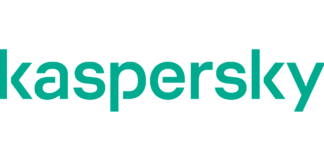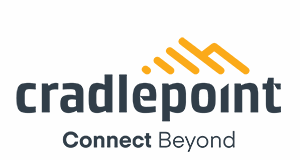Netacea announced the launch of a new North American partner program, including the appointment of a U.S.-based leadership team, to support its expanding global footprint. One of the world’s leading providers of bot detection and mitigation solutions, Netacea also revealed it has entered into a new partnership agreement with UPSTACK, a fast-growing U.S.-based company whose platform transforms the architecture and sourcing experience for businesses seeking cloud and internet infrastructure solutions.
Peter Berg, an industry veteran with more than 20 years of sales leadership and extensive channel and partner experience with North American and international technology companies, has joined Netacea as its Senior Vice President of U.S. Sales. His new role includes spearheading Netacea’s go-to-market efforts for North America.
“Netacea has established itself as a leading global expert in bot detection and mitigation, and its award-winning solutions are making a difference for companies around the world as they look to protect revenue and customer relationships from online criminals. As the threat from bots continues to grow, the time had come for Netacea to expand its presence on the global stage with an on-the-ground team in North America,” Berg said. “The opportunity to launch a world-class channel program that will provide businesses with a ‘must-have’ solution for their cybersecurity toolbox is exciting. I look forward to growing the team on this side of the Atlantic and putting in place a strong partner program that benefits the entire cybersecurity ecosystem.”
The decision to expand Netacea’s presence in North America is due in part to the growing awareness by businesses about the impact of bots. According to the recent Netacea report The Bot Management Review: What are bots costing your business?, automated bots operated by malicious actors cost businesses an average of 3.6% of their annual revenue. For the 25% worst affected businesses, this equates to at least a quarter of a billion dollars ($250 million) every year.
To learn more, visit the Netacea website.














